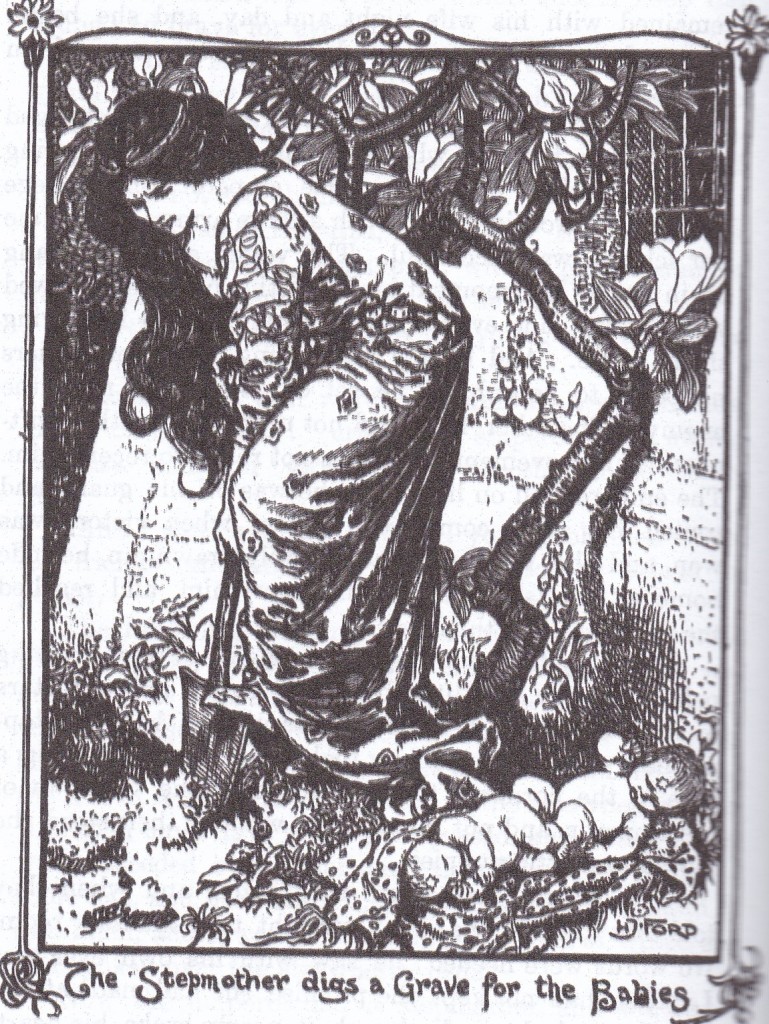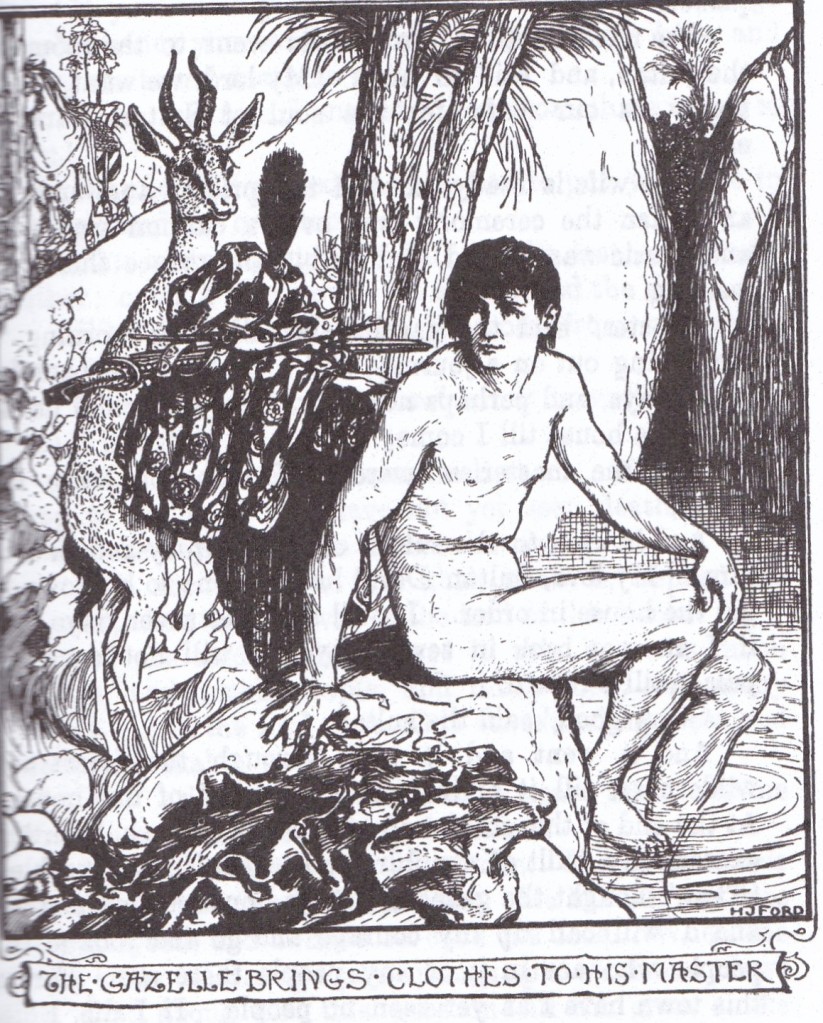
5 stars
First Sentence: The Editor takes this opportunity to repeat what he has often said before, that he is not the author of the stories in the Fairy Books; that he did not invent them ‘out of his own head.’
Thoughts: And so we reach the end of the Rainbow Fairy Books. This isn’t the last one chronologically, but it is the last one I acquired. Now we’ve traveled through all the colors. We’re better people for it.
There were a few strange themes in this collection. Like endangering children. In “The Story of Three Wonderful Beggars.” The titular beggars stayed in the loft of Mark the Rich one night. Mark’s daughter snuck upstairs and overheard them prophesying that the peasant Ivan had just had his seventh son. The boy would be named Vassili and would inherit all Mark’s wealth. She told her father what the beggars said, so Mark went to stand godfather to Vassili. He offered to adopt the child from Ivan, who gratefully accepted because he was having a hard time providing for his other children. Mark took the baby and tossed him off the first convenient cliff. Like you do.

There were fairies at the bottom of this cliff, so they saved Vassili. The next day some merchants who owed Mark money found the baby and brought him back. Mark put the baby in a barrel and tossed him into the sea. The barrel washed ashore by a monastery. The monks did not try to kill Vassili because they were better people. Vassili grew up to get his revenge on Mark the Jerk, fulfilling the beggars’ prophecy.
In “The Boys with the Golden Stars,” an emperor marries a peasant girl who promises she would bear him the titular sons. However, the emperor came with a wicked stepmother who took the babies as soon as they were born and replaced them in the cradle with puppies. She buried the babies in the garden.

Then two aspen trees grew up from the graves and started talking. She had the aspen trees cut down and made into a bed. When the bed started talking, she had it burned and threw the ashes into the sea. The ashes became two fish who were caught and then transformed back into boys. Like Vassili, they got their revenge on the person who tried to kill them.
Not all of the babies in the collection were victims of attempted murder. In “Stan Bolovan,” Stan’s wife wishes for children. Stan comes home to find her wish came true. A little too true.

Stan found himself father to one hundred children. He had to complete quite a few adventures to be able to provide for all of them. He managed to do it, though, with a combination of trickery and quick wit.
Some of the illustrations got downright saucy, like this one from “The Story of a Gazelle.”

The story began when a beggar found a coin and bought himself a gazelle. Turns out it was a talking gazelle. It told its master that begging wasn’t going to provide them any kind of a life and went out to begin a Puss in Boots-style tale. The beggar pretended to be a prince and married a princess. Instead of being grateful to the gazelle, he began ignoring it. The gazelle died cursing his name. And so the prince became a beggar again.
In less depressing tales, we have “The Underground Workers.” Hans son of Long Hans went on a journey between Christmas and New Years when the magic happens. He met a stranger along the way who gave him food and a warm place to sleep. Hans woke up to find a group of little men working at a forge.

The story points out that they just wore leather aprons and nothing else. Me, I’d at least want a pair of pants as well if I’m going to be working with molten metal. But then I’m not a blacksmith for the Lord of the Underworld, which is what these guys were. The Lord of the Underworld explained to Hans that the little men were hiding all the precious metals and gems in the earth so that people wouldn’t get too lazy. The next morning Hans woke up to find that the ashes of his fire were silver and the unburnt wood was gold. He took them home and lived out the rest of his days as a wealthy man. The end.